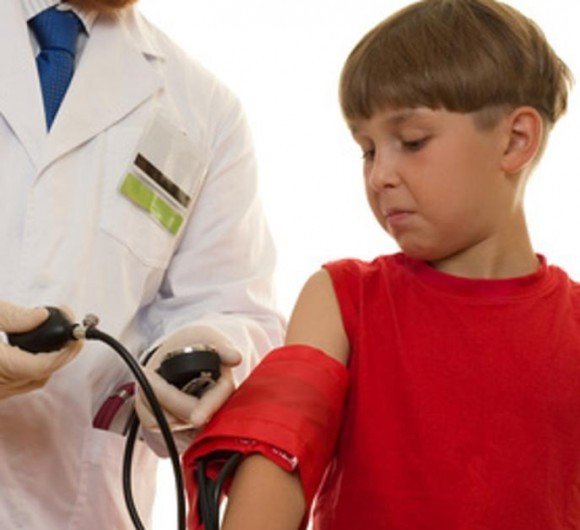Health
Hypertension can affect children too, not just adults

If you thought hypertension is a condition that affects only the adults and the elderly, you are otallyt mistaken. Paediatric hypertension is well on the rise.
Primary hypertension is predominantly associated with a positive family history of hypertension, obesity, and life-style factors. And among the paediatric population it could be due to the well-established childhood obesity epidemic.
Identifying children with hypertension and successfully treating it should have an important impact on long-term outcomes of heart diseases.
One of the most important components of the successful management of childhood hypertension is determining whether or not there is an underlying cause that is amenable to treatment.
There are increasing evidences that adult hypertension has its antecedents during childhood, as childhood blood pressure (BP) predicts adult BP.
Children with hypertension are largely susceptible to cardiovascular risk factors. Although death and cardiovascular disability do not occur in hypertensive children, organ damage, such as left ventricular hypertrophy (LVH), thickening of the carotid vessel wall, retinal vascular changes, and even subtle cognitive changes are detectable in children and adolescents with high BP.
Left ventricular hypertrophy occurs commonly in children and adolescents with high BP.
Among children and adolescents with primary hypertension, the presence of obesity could be associated with marked LVH. Carotid artery intimal medial thickness (cIMT), assessed by ultrasound, has been found to be greater in young adults who had had multiple risk factors since childhood.
It is also important to note that secondary causes of hypertension are more common in younger people with hypertension.
For these reasons, referral for more specialised evaluation should be considered. Secondary hypertension (high BP caused by another medical condition) should, in particular, be suspected if patients do not respond to the initial treatment recommendations for younger patients.
Considering the rates of verified hypertension and pre-hypertension in asymptomatic children and adolescents, it is important to consider high BP as a common long-term health problem in childhood.
Prehypertension means that you do not have high blood pressure now but are likely to develop it in the future. Boys who are initially heavier (as measured by body mass index) and continue to gain weight may be at an increased risk of progressing to hypertension, compared with their thinner counterparts.
This condition also increases your risk of developing the known complications of high blood pressure -- namely heart disease and stroke.
For both clinical and public health benefit, identification, examination, and treatment of children with high risk BP is an important step in reducing the excessive burden of cardiovascular disease.
Teenagers who know they have prehypertension or even high blood pressure can most likely avoid needing to take medication and developing complications of high blood pressure if they make some changes to their diet and lifestyle.
Regular physical activity is important and so is watching the amount of salt in the diet. A low-salt diet might help lower blood pressure.
The most important thing preteens can do is learn about which foods are salty and which are not. Weight loss and limiting the saturated fat in their diet can also help these children improve their heart disease risk factors.
(Rajat Arora is an Interventional Cardiologist and Medical Director at Yashoda Hospitals in Delhi. The views expressed are personal. He can be contacted at drrajat@yashodahospital.org)



































